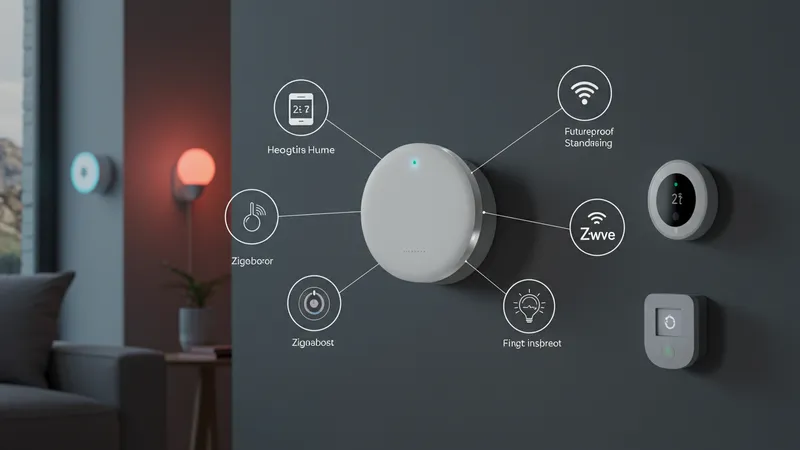
Home Automation: Smart Solutions For Modern Living
Integration and Compatibility in Smart Home Systems
Home automation in Australia succeeds when different systems—lighting, thermostat, and security—work in unison. Most leading smart products, such as Philips Hue, Google Nest, and Ring, are designed to be compatible with broader platforms like Google Home, Apple HomeKit, and Amazon Alexa. This interoperability lets homeowners design custom scenes and triggers spanning devices from multiple brands without technical know-how.

An emerging consideration is futureproofing. As technology evolves, Australians are advised to invest in devices that support common standards (like Zigbee or Z-Wave) to avoid dead-ends when new innovations emerge. Hubs and bridges can connect existing gadgets to newer systems, ensuring gradual upgrades without full overhauls.
Security of interconnected systems is a growing priority in the Australian context. Homeowners are urged to update device firmware and use secure WiFi networks, since integrated smart homes require continual digital safeguarding to prevent unauthorized access or loss of privacy. Leading brands provide regular security patches and guidance to help residents stay protected.
End-to-end integration also enables automation based on broader criteria, such as weather data or geofencing. For example, air conditioning can be triggered when outside temperatures spike, or lights and cameras can respond when all residents have left the property. These integrations hinge on compatibility, making open ecosystems a vital consideration in smart home choices.